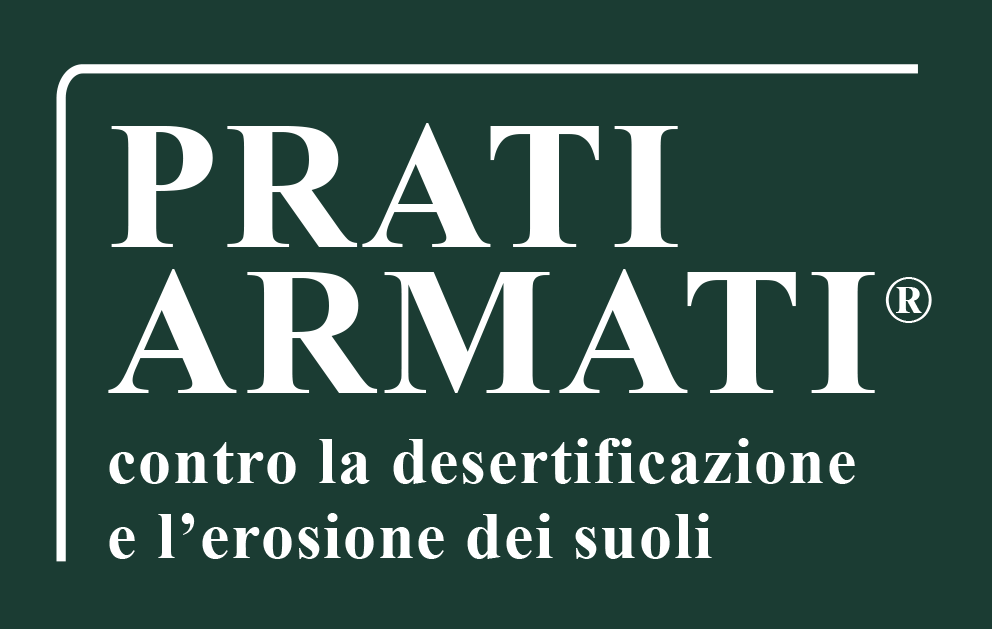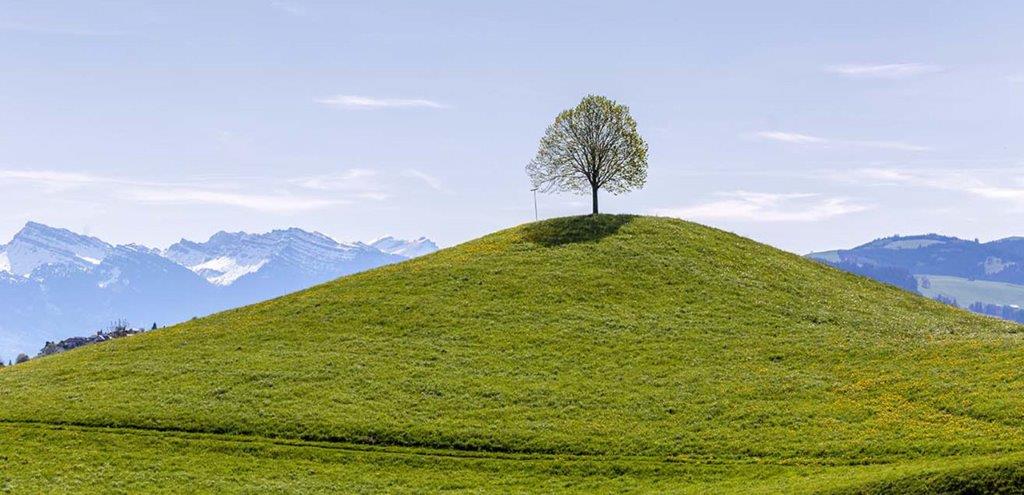Prati Armati: Green technology to fight soil erosion
Preventing erosion with the help of deep-rooted plants that are capable of adapting to any type of terrain and climate: this is the fully natural type of innovation that is being tested at Enel sites and the results so far have been extremely promising.
It is now increasingly common to look to nature and how ecosystems work in order to identify innovative, sustainable solutions. This is exactly the spirit with which Enel decided to tackle the problem of soil erosion and hydro-geological instability – a process increasingly being caused by deforestation, the expansion of the built environment and urbanization. In doing so, Enel is using completely natural “technology.”
Slopes, road and railway embankments, river and stream banks, degraded areas, quarries, mines and landfills are the types of places that are subject to soil erosion, a phenomenon that risks being exacerbated by climate change and extreme weather events.
But this phenomenon can also concern renewable energy plants because, although their construction takes into consideration the conditions of the local terrain, over time changes can occur. For this reason, Enel Green Power is testing a new anti-erosion solution that, in reality, is not really new as it is completely natural, employing a mix of seeds from deep-rooted herbaceous plants with roots that reach up to 4 to 5 meters in length. These are plants that are resistant to arid conditions. They are capable of adapting to any type of terrain but also to different acidity levels and any climate, including temperatures that can range from -40 to +60 degrees centigrade. These herbaceous plants are also capable of capturing up to four times as much carbon dioxide compared with other plants.
Natural innovation
This natural and sustainable “invention,” which does not require the use of geopolymers, techniques or devices typical of traditional hydraulic engineering, came from an Italian company that has chosen a name that reflects its mission: Prati Armati®, meaning “reinforced pastures” in Italian.
The seeds of herbaceous plants are selected meticulously based on the areas where they will be utilized and their compatibility with local flora. They take root easily thanks to the way in which they are sown. The seeds are, in fact, “sprayed” onto the terrain suspended in a watery solution that acts as a sort of natural glue.
“Innovating also means transferring solutions from one sector to another, generating virtuous connections between contexts that may appear to be very different,” says Nicola Rossi, Head of Innovation at EGP. “With this experience we are connecting innovative agronomic solutions with electricity generation, with the goal of validating new methodologies that are totally green and that can better integrate our renewable assets into the areas where they are located.”
In 2018 this approach was used for one particular case: to combat erosion at the Maida wind farm in Calabria, Italy. Now new developments have been identified by the innovation team, which will be conducting challenging tests in Italy and in Spain. The success of the tests could lead to the adoption of this approach at Group level.
This solution minimizes the risks associated with hydro-geological instability by stabilizing slopes that are in danger of landslides and preserving biodiversity, and making the contaminated areas safe. This is thanks to phytocapping – isolating contaminated soil or materials from the external environment and rainwater.
Finally, another benefit is that this technology does not require maintenance. The plants do not need to be pruned: while they do grow downwards their height does not increase significantly, and they can also be used as pasture for livestock without having to be resown.
To read the original article cick here

 Prati Armati Srl
Prati Armati Srl

